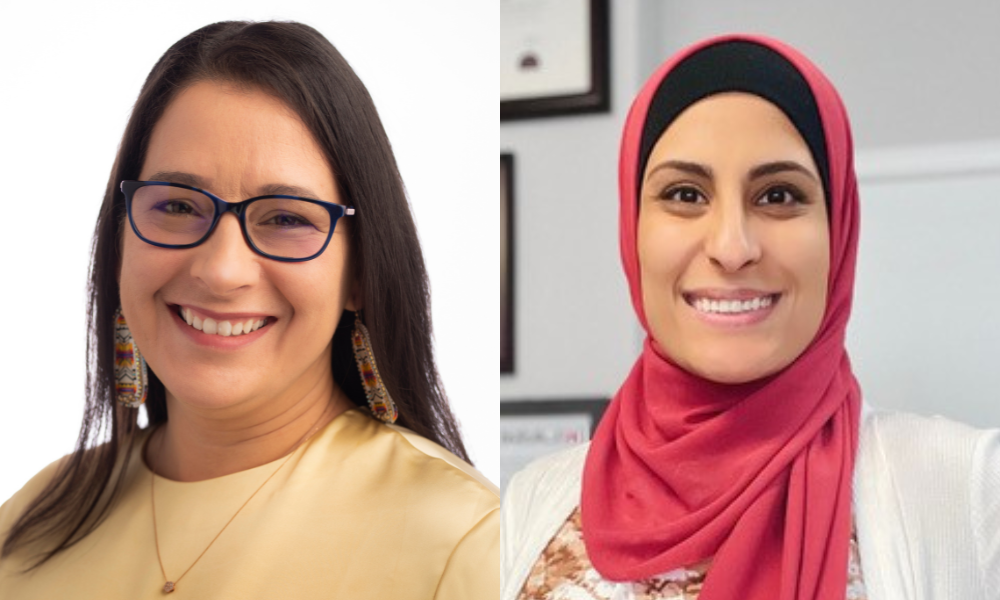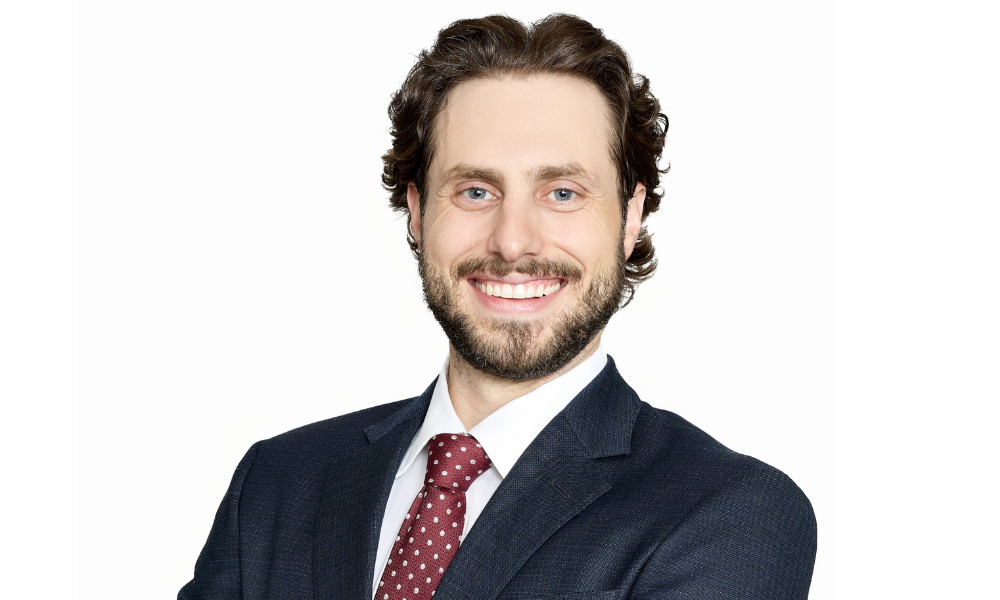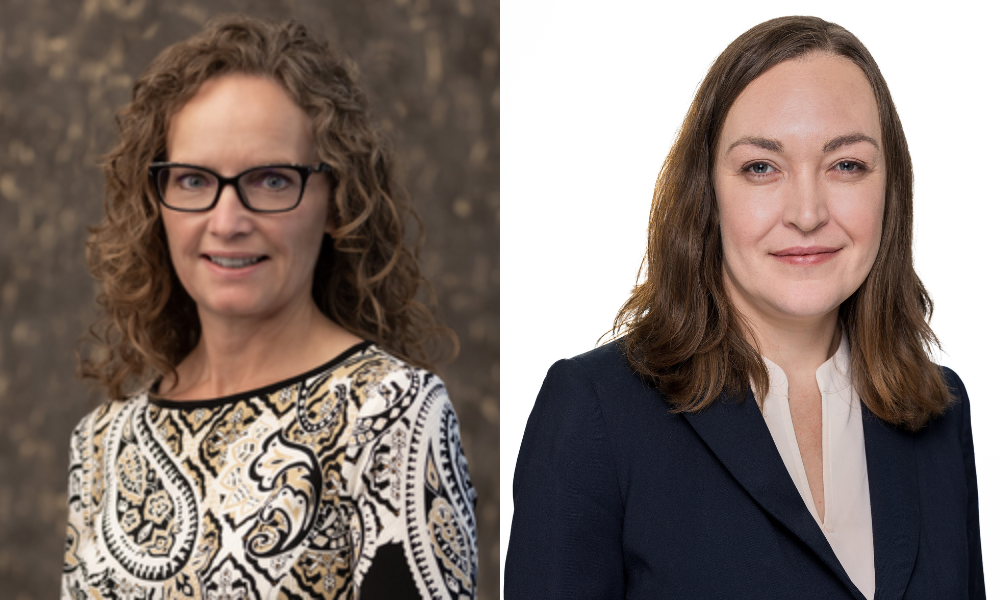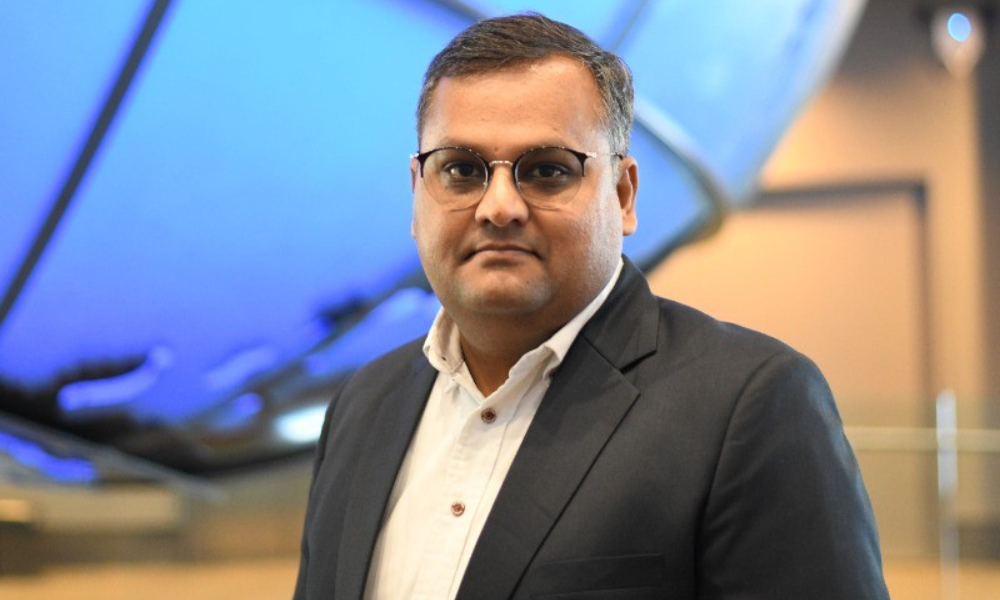Chiropractic leaders are calling for increased DE&I in healthcare benefits so individuals of all backgrounds can receive equitable care

This article was produced in partnership with the Canadian Chiropractic Association.
Despite ongoing awareness campaigns, company training, and a much talked about desire for progress on diversity, equity, and inclusion, systemic racism and discrimination prevail. Members of BIPOC and LGBTQ2S+ populations, people from different religious and racialized backgrounds, those with disabilities, and women continue to face barriers and biases, sometimes overt, other times nuanced or embedded within policies and practices.
To truly create an inclusive and equitable workplace that values diversity, a shift at levels much deeper than what have been relied upon to date must happen. This is the message two prominent DE&I advocates and Doctors of Chiropractic want to convey.
Paramedical benefits: facilitating DE&I
Dr. Nora Bakaa, Doctor of Chiropractic at Ancaster Chiropractic & Laser, Masters of Health Science, and PhD candidate in Rehabilitation Sciences notes that research in the U.S. found that Black, Hispanic, Latino, Asian, LGBTQ+ employees are often less likely to report that they receive the care that they needed, and these groups are more likely than the overall employee population to consider leaving their job for reasons related to their benefits.
“There are actions employers can take to improve health equity,” says Bakaa. “The first is to expand benefits to help their employees meet basic needs – to ensure easy access to care. Changing workplace dynamics to destigmatize the pursuit of care and communicating the importance of receiving care are also crucial.”
Bakaa notes current research shows that a key barrier to accessing paramedical benefits, like chiropractic care, is cost of treatment. Oftentimes, employer benefits don’t cover the costs associated with a full treatment plan, forcing patients to either pay out of pocket or end their treatment prematurely.
By modelling inclusive, health-centred behaviours to ensure workplace norms support health and wellbeing, and allowing for the necessary flexibilities that enable access to care, employers can make a significant difference across company cultures.
Dr. Jennifer Ward, Doctor of Chiropractic at Opaskwayak Area Chiropractic Centre, MB, and a PhD student at the University of Manitoba, is also the primary practitioner and research assistant of a collaborative effort involving Pimicikamak Okimawin Cree Nation and World Spine Care Canada (through their Global Spine Care Initiative) that is providing spinal care to underserviced populations in Northern Manitoba. She says none of this would be possible without the commitment of the Chief and Council, the administration, the physicians and nurses working for Pimicikamak.
“Thanks to the financial funding by Health Canada, the Canadian Chiropractic Association, Canadian Chiropractic Research Foundation, and the Skoll Foundation, the residents of Pimicikamak will be able to access high-quality, low-cost, non-pharmaceutical, and non-surgical care for their spinal pain without any cost to them,” she says.
Ward wants HR leaders to know that as part of the 94 Calls to Action (CTA) recommended by the Truth and Reconciliation Commission, HR leaders can pay particular attention to the following:
- CTA#18 & 19 recognizes that the current health inequities that Indigenous peoples face in Canada today are a direct result of the current policies of all levels of governance. HR leaders are called upon to assess their policies and make the necessary changes in those policies and procedures of their individual organizations and companies to close the gap in inequities. HR leaders are called upon to select benefit plans that ensures that every employee has access to a comprehensive coverage needed to get the proper treatment and by the appropriate care provider.
- CTA#22 calls upon all those policy makers who have the power to effect change to recognize the importance of accessing traditional healing practices and include them in a collaborative way into the management of patients. HR leaders are called upon to expand the existing parameters of their health care coverage for all employees so that these employees can submit claims for Indigenous healers and Elders.
- CTA#92 calls upon the corporate sector to adopt the United Nations Declaration on the Rights of Indigenous Peoples (UNDRIP) as a reconciliation framework and to apply these principles to corporate policy and operations. HR leaders are called up to provide education to all their employees on the history of Indigenous peoples in Canada, including, but not limited to, the legacy of residential school, Treaties and Aboriginal title, UNDRIP, Indigenous law, and Indigenous-Crown relations. This will require skill-based training in intercultural competency, conflict resolution, human rights, and anti-racism. HR leaders are called upon to ensure that Indigenous peoples have equitable access to jobs, training, and education opportunities in the corporate sector.
Catalyzing change within the field of chiropractic
“I don’t think is comes as a very big shock that healthcare professions – including chiropractic – has had a diversity problem,” says Bakaa.
As a young Muslim girl growing up in Leamington, Ont., Bakaa says a lack of diversity within her community and within her schooling was something she had to overcome. “There were multiple instances during my training that left me wondering if I even belonged in the profession, or if I should continue practicing,” says Bakaa. “This is why I embarked on a journey to really understand DE&I, and that’s where the focus of my research remains.”
Ward describes a similar experience. “During my entire time as a chiropractic student I was the only First Nations student in the school,” she says. “The classroom demographics definitely did not match the Canadian population. 97 per cent of the students were Caucasian.”
Thankfully the face of the profession is changing. Today, 59% of enrolled students at the Canadian Memorial Chiropractic College are women or gender non-binary, and 39% of students entering the program in the last two years self-first identify as belonging to a visible minority community. But there is still much work to be done to ensure the next generation of patients and doctors don’t face the same obstacles in practice.
The power of diverse representation
The research Bakaa embarked upon to understand DE&I and to facilitate change is the first of its kind in Canada. What she found was that underrepresentation spans the healthcare spectrum. Despite heightening levels of awareness around the need to advance DE&I, this awareness is not translating into behavioural change.
So, how else do we get from cultural awareness and sensitivity and move toward forging change? Bakaa says the necessary strategies are part of a three-pronged approach.
“From an association standpoint, we not only need to focus on developing strategies to enhance the knowledge of our current members, but we also need to dedicate resources, such as scholarships and revised curriculum, to support students who identify as an equity seeking community,” she says.
Bakaa and Ward are also advocating for increased community outreach and on behalf of the Canadian Chiropractic Association – itself an active advocate for positive change – Bakaa has hosted webinars and presents her research findings at conferences and at colleges. Ward has presented her research at numerous Indigenous conferences and is the co-chair for the Indigenous Chiropractic Caucus where work is being undertaken to help ensure that the next generation of students see themselves reflected in the profession’s role models and leaders.
Despite the hurdles they faced in receiving training, Bakaa and Ward use this as motivation to advocate for access to chiropractic in remote and racialized communities.
“A lot of populations don’t know what chiropractic care is or how it can benefit their quality of life. There hasn’t been anyone that represents their experiences or working within those communities,” says Bakaa. “For example, myself as a Muslim woman, I started working with one Muslim patient and then suddenly it skyrocketed to many more who had never sought care before from a chiropractor, but now suddenly know about the benefits because somebody from their community is there to help.”
Ward says that growing up on a small First Nations reserve, she had never heard of chiropractic care. “It wasn’t until my third year of university that I was introduced to chiropractic,” she says. “Once I learned about the art, science, and philosophy, I was drawn to the field because the approach to healing reconciled well with my traditional upbringing.”
Chiropractic is a field of healthcare that promotes healing without the use of prescription drugs or invasive surgeries. Chiropractors treat neck pain, back pain, arthritis, and certain types of headaches and injuries, but they are more than spine, muscle and nervous system experts.
“I have incorporated my traditional teachings about the medicine wheel into the plan of management for my patients,” says Ward. “Being a part of a holistic profession allows me to ensure my patients not only get treatments for their neuromusculoskeletal pain, but that I can teach them about proper exercises, rehabilitative services, improved nutrition, and changes to their lifestyle.”
By providing a variety of therapeutic modalities Ward and Bakaa ensure the health and well-being of their patients are addressed in a comprehensive manner and create a welcoming environment for new communities of patients seeking care.



